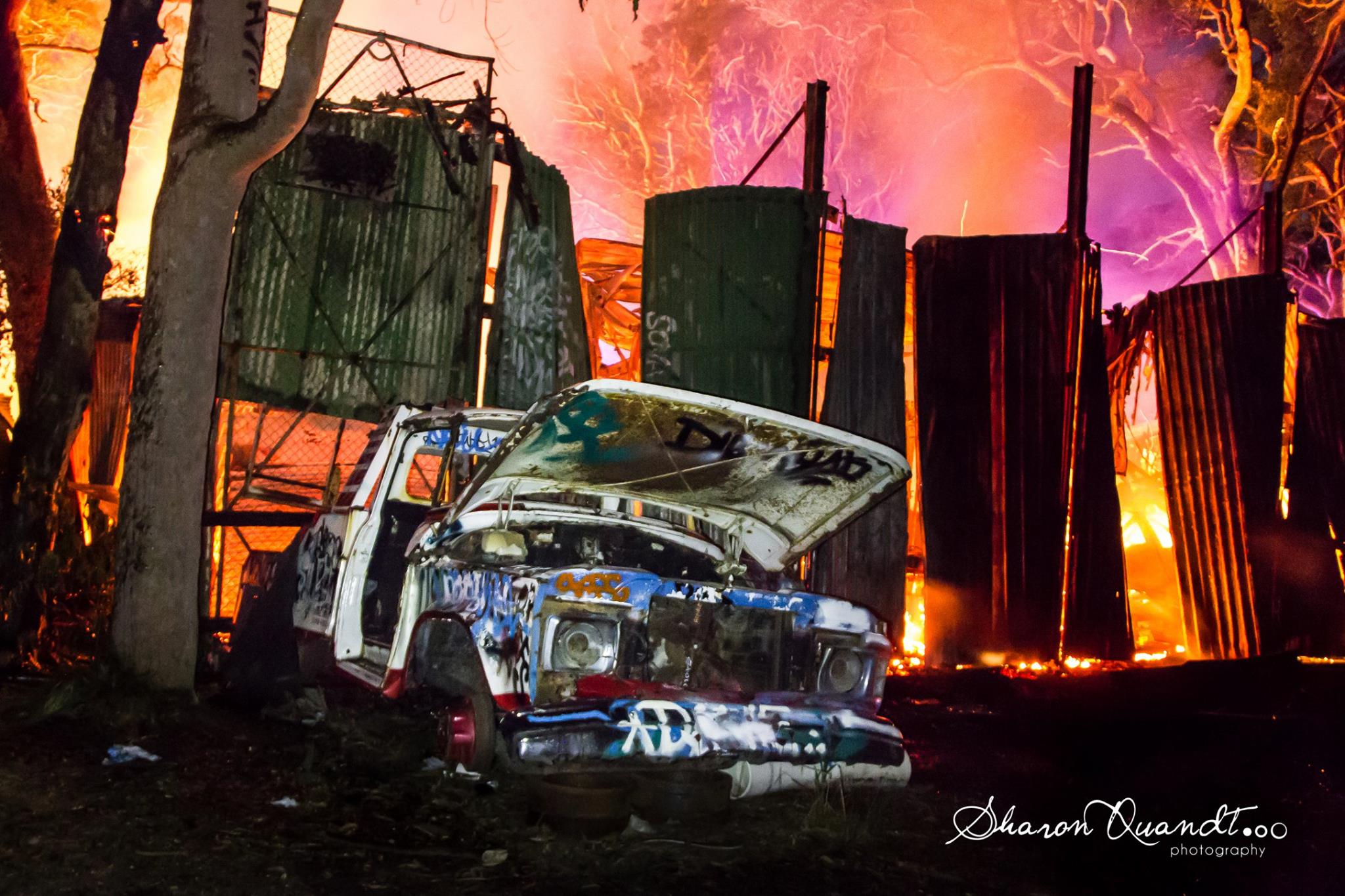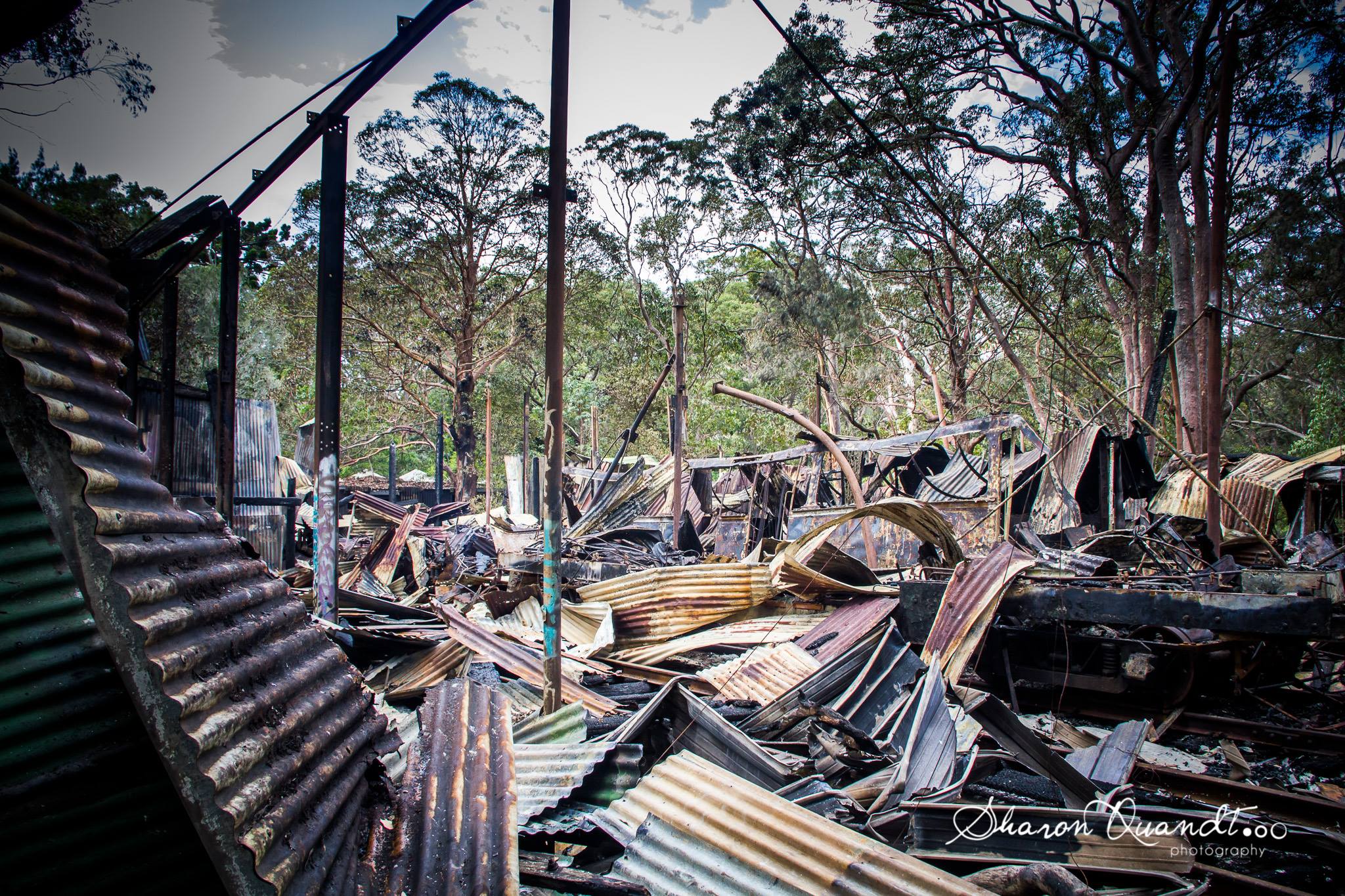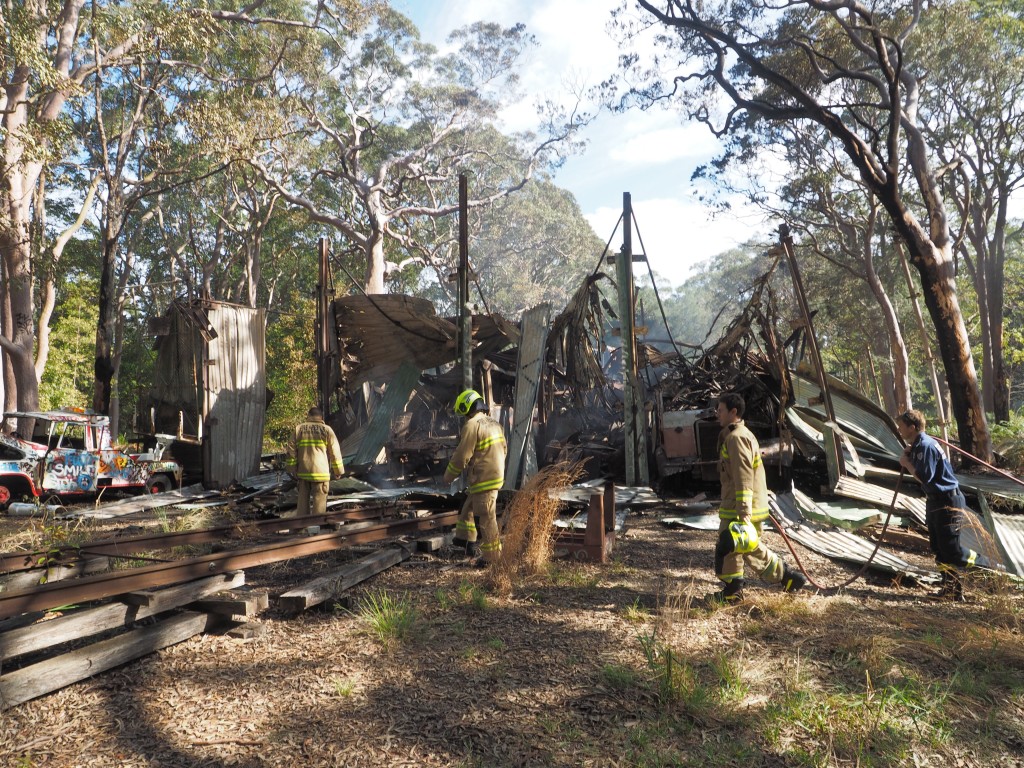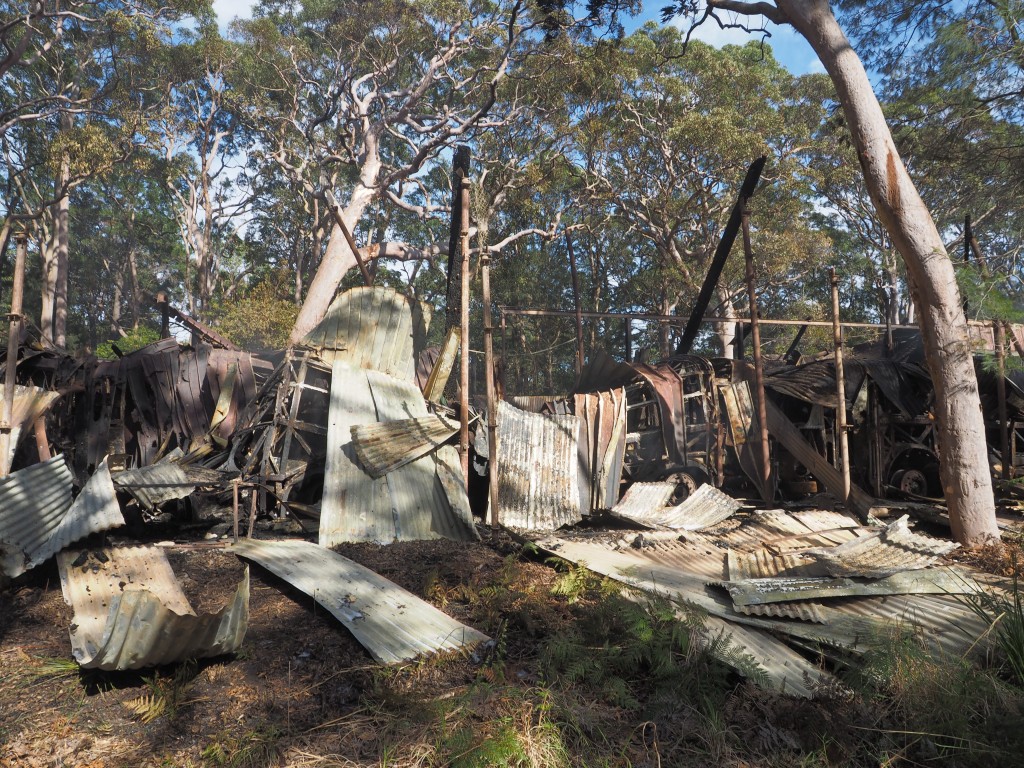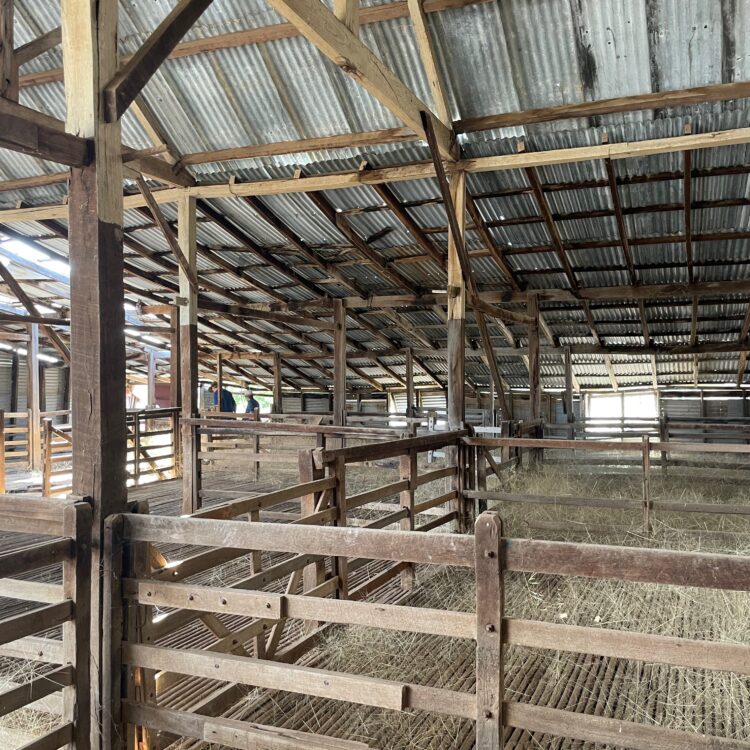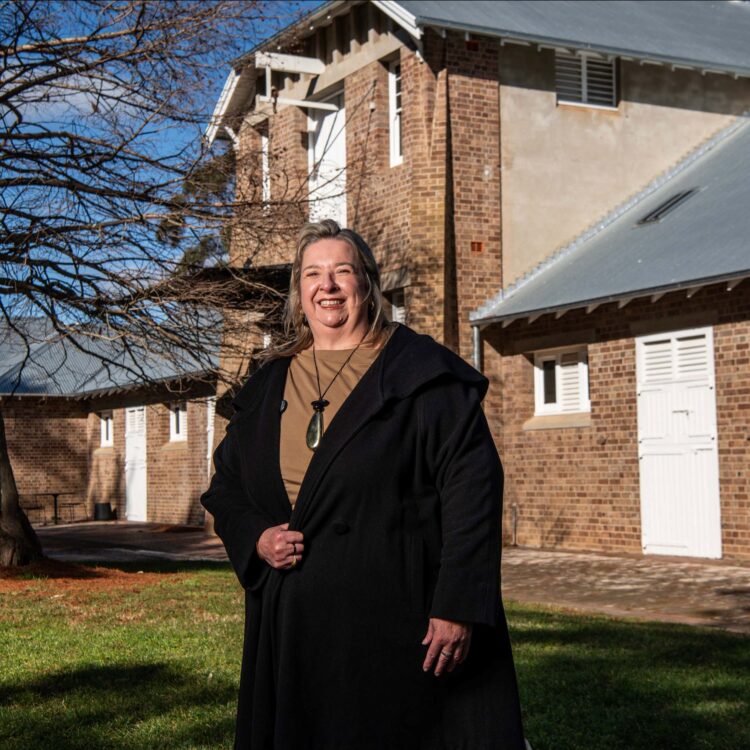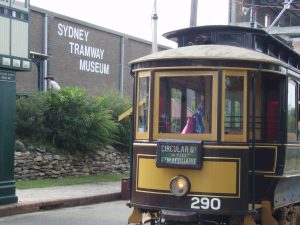Late in October The Sydney Tramway Museum lost significant stock in a fire. The story was widely covered by television and print media which graphically presented the devastation of the fire.
As is often the case, the back story is worth chasing down as it provides important insights missed by mainstream coverage, so this week M&G NSW caught up with Museum Chairman Howard Clark to hear what he had to say.
The first point he made is this. The trams and buses lost in the fire were being stored in an offsite shed in a relatively remote location and well away from the main museum. They were not located on the museum site at Loftus where the bulk of the operating stock resides, which has secure premises with back-to-base security and fire protection in place.
The collection items within the shed were all classed as ‘reserve stock’, stored there awaiting restoration or assessment for restoration, and represented a source for parts for operating stock and projects-in-waiting. None of the destroyed pieces were A-list objects, though Clark described the loss of the 1898 C car#12 as significant given it was one of the earliest trams used, and noted that replacement windows and doors for the “dear little thing” had already been made in preparation for its restoration. The list of trams and carriages lost in the fire can be found on the website.
Clark went on to explain that the stored items were all donated to the museum or rescued by enthusiastic members. Much of it was from deceased estates and a couple of items had been transferred to the museum from other agencies as a result of city-based storage becoming unsuitable. This led to a discussion about the difficulty in storing large objects where manpower, space and revenue are limited. The museum is a volunteer-run one and relies on the goodwill, time, skills, dedication, and often the backyards of its members.
General vandalism had become a significant problem, exacerbated when the shed’s location was posted on Facebook marking it as a good site for graffiti artists.
The fire affected a storage shed, originally built by museum volunteers in 1956 as the first building for the museum. The Sydney Tramway Museum operated from the site until 1988 when they moved to the current location adjacent to the railway station at Loftus. The shed was a typical one: wooden-framed, clad and roofed in corrugated iron, its roof high enough to allow coverage of trams and related components. It was situated on land owned by the National Parks and Wildlife who had, since 1988 leased it variously—at one time to a musician who made drum sticks—and most recently back to the museum under a ‘passive storage’ lease restricting the kind of activity permitted on the site.
Over the last four or five years the museum had become aware of security issues for the collection items stored there. There had been several break-ins with windows being smashed and doors being jemmied open, after which museum volunteers repaired and resecured the shed and its contents. General vandalism had become a significant problem, exacerbated by the shed’s location being made public on Facebook and suggesting it as a good site for graffiti artists. Despite this night-time and mostly clandestine activity taking place at the shed, the trams remained largely undamaged other than being tagged and splashed with paint. Museum members had become somewhat resigned to the vulnerability of the site, reassuring themselves with the knowledge that any damage to their trams could most likely be reversed in restoration with repainting and resurfacing safely eradicating the graffiti.
In anticipation of making more permanent security upgrades to the shed and its contents, the museum sought a quote from a local builder who recommended over-cladding it. This project couldn’t be undertaken without significant revenue raising, and with the cost representing more than could be generated through annual fundraising, the plan was put on hold.
That plan can now be binned, and museum volunteers turn their sights towards salvage operations. These are being handled by National Parks who have assured the museum they will attempt to recover any unwarped trucks —the two axle units comprising the undercarriage—which is all that is hoped for given the buses melted in the heat and the trams were effectively incinerated.
This site itself remains closed and under investigation by the police and National Parks. Evidence of arson will likely be confirmed though attributing it to any particular individuals will be difficult, despite the police interviewing several suspects.
While museum staff are still coming to terms with the implications of the disaster, they know they did as much as possible to protect their collection. They thought about what was stored where, ensured the irreplaceable was protected and kept newly restored parts separately to the unrestored objects. They recognised the relative hardiness of their collection and were realistic in their approaches to future improvements. Moreover, despite the setback the fire inflicts, they continue to work towards the rescue, preservation and restoration of their beloved trams, buses and early public transport carriages.

